Ok ok. Now, no one here has any excuse to not have a certificate. Just type your name on the line and print it out.
View attachment 73792
Can I have one too :shock: :wings: :crazyeyes:
Ok ok. Now, no one here has any excuse to not have a certificate. Just type your name on the line and print it out.
View attachment 73792
Absolutely. Everyone passes and can have a certificate. :thumb:Can I have one too :shock: :wings: :crazyeyes:
Ok ok. Now, no one here has any excuse to not have a certificate. Just type your name on the line and print it out.
View attachment 73792
Absolutely. Everyone passes and can have a certificate. :thumb:
PS: Sorry, but I didn't make any pamphlets.
So.......
To beat a dying horse.... Chain is in the bag! Just need a moving blanket and an e- tool
I'll keep ya'll posted
Who cares? He's giving out awesome certificates.Who is Mr Glennon?
Sent from my iPad using WAYALIFE mobile app.......
Well poop. I tried.Oh, well what good is a certificate if you don't have a pamphlet :rolleyes2: :crazyeyes: :cheesy:
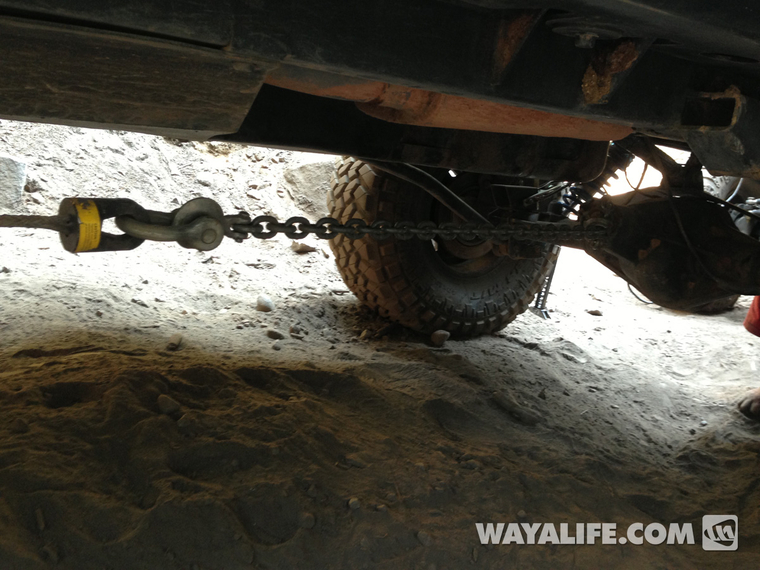
Again, I have not taken any courses and have not read any pamphlets so please, take what I say and show for whatever they are worth.
Ok ok. Now, no one here has any excuse to not have a certificate. Just type your name on the line and print it out.
View attachment 73792
Who cares? He's giving out awesome certificates.
Well poop. I tried.
A chain and a D ring, Damn your daring...
Absolutely. Everyone passes and can have a certificate. :thumb:
PS: Sorry, but I didn't make any pamphlets.
]
As is the case with anything that can become a deadly projectile, it is important to be aware of it, take steps to mitigate the dangers and ONLY use it for slow, calculated pulling. NEVER uses things like this where hillbilly horsepower is required
I'm a bit late to this thread but... Best post ever.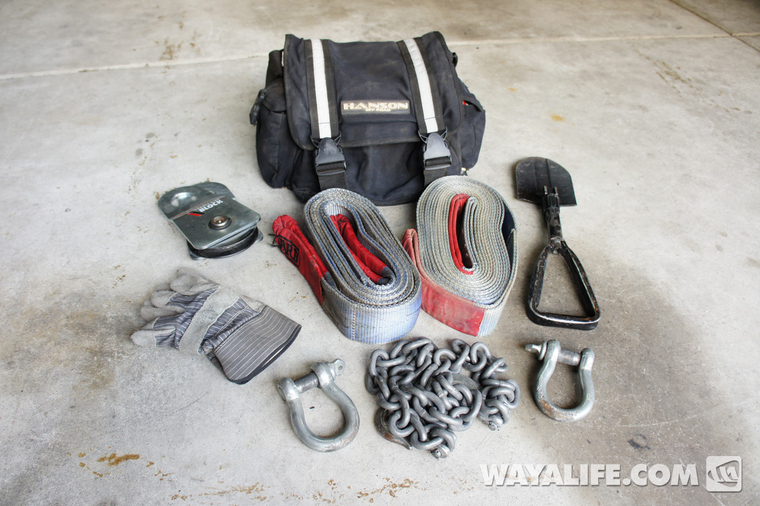
If there's one question I get asked all the time from new Jeepers it's, “what’s the first mod I should do to my Jeep?” And, my answer to them is always the same, “recovery gear”. Fact of the matter is, whether you’re new to the world of off-roading with a right off the show room floor stock Jeep, or a long time veteran with a highly modified built up trail rig, everyone gets into a jam sooner or later.
Tow Points
At the top of the list of things that every Jeeper should have, it's tow hooks, D-ring mounts or some kind of recovery point (like a hitch receiver) on the front and rear of their Jeep. A good tow hook or recovery point will bolt directly to your Jeep’s frame or to an aftermarket heavy duty steel bumper that's been reinforced to act as a frame crossmember. Without this basic and very affordable modification to your Jeep, you won’t be able to help anybody get out of a jam let alone get yourself out if needed.
Factory Jeep JK Wrangler Tow Hook
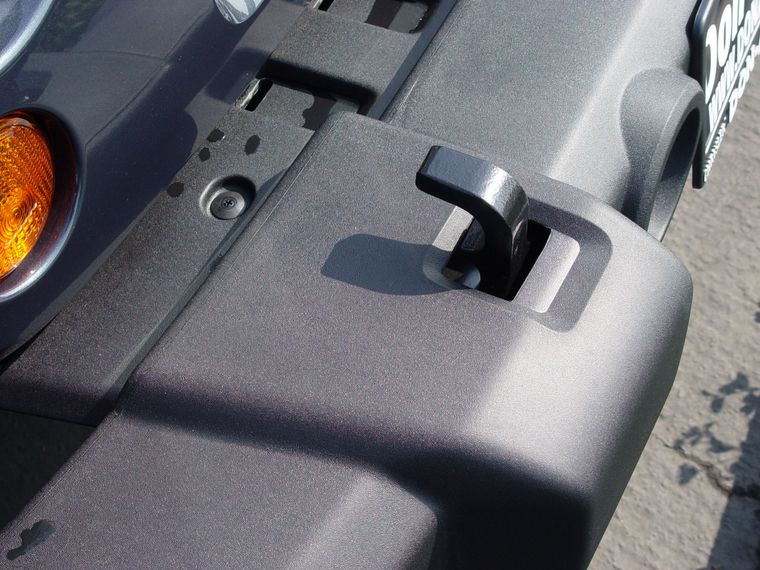
Universal Hitch Receiver Shackle
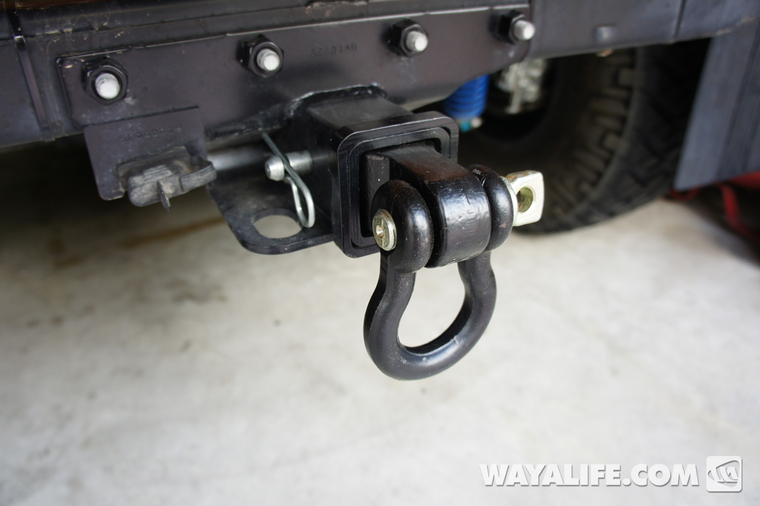
Tow Strap
Now, a tow point is pretty useless without if you don't have anything to pull or be pulled with and so, the next piece of recovery that every Jeeper should have with them at all times is a tow strap. A good tow strap should be at least 20-30 feet long, have NO metal hooks or clips on it (these are extremely dangerous and should never be used) and has a pulling capacity about twice the weight of your Jeep. In the case of something like a Jeep JK Wrangler Unlimited which weighs a little over 5,000 lbs., I would recommend a strap that has a breaking strength rating of least 10,000 lbs. or more. For me, I use a 30 ft. ARB Snatch Strap that has a 100% nylon webbing construction, reinforced eyes, a genuine stretch of 20%, and a breaking strength of 8,000 kg or 17,640 lbs., basically, more than enough for a big heavy built up Jeep JK Wrangler Unlimited. What I like about the ARB Snatch Straps is that they come with a unique safety warning indicator built into them and signals you if your strap ever gets overloaded. Of course, any strap that meets the grade is better than nothing.
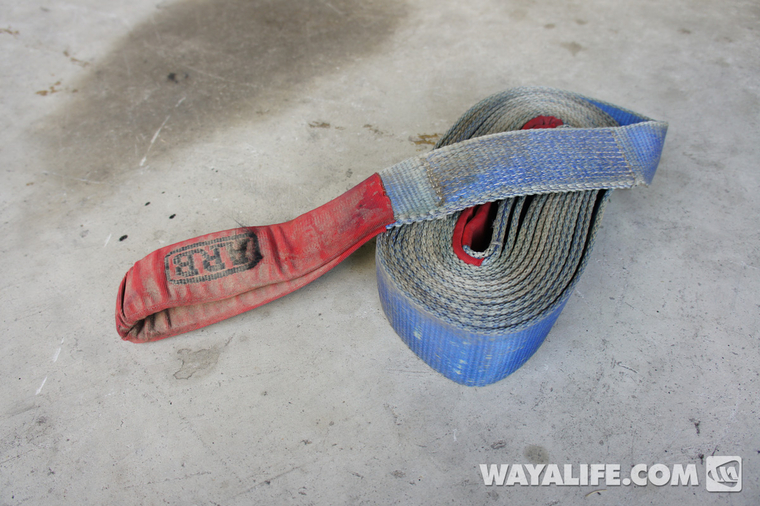
Tree Saver
In addition to a tow strap, I would highly recommend that you get and carry a tree saver as well. Similar to a tow strap, a good tree saver will be a lot shorter and, as it’s name suggests, is used to wrap around trees that you intend to use as an anchor point. Doing this will help protect the tree from the kind of severe damage that can occur from wrapping a winch cable or recovery chain directly to it. For my purposes, I carry an ARB Tree Truck Protector which has a 3″ webbing made out of 100% polyester and has a breaking strenght of 12000kg/26,000 lbs.
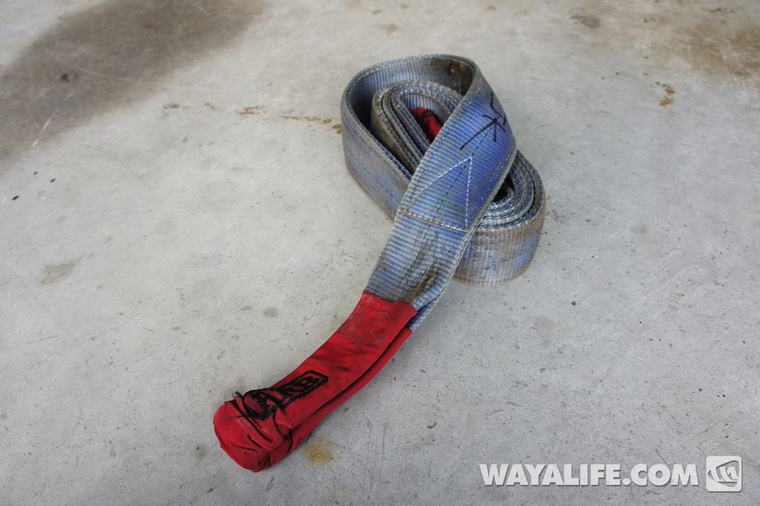
D-Ring Shackles
Because they are extremely strong and can be separated with ease, a good pair of 3/4" D-Ring shackles is a must have in any recovery bag. D-Ring shackles are great for safely linking tow straps together, securing a snatch block to an ARB Tree Trunk Protector and they will give you more options when helping to recover another vehicle or when getting the help from them.
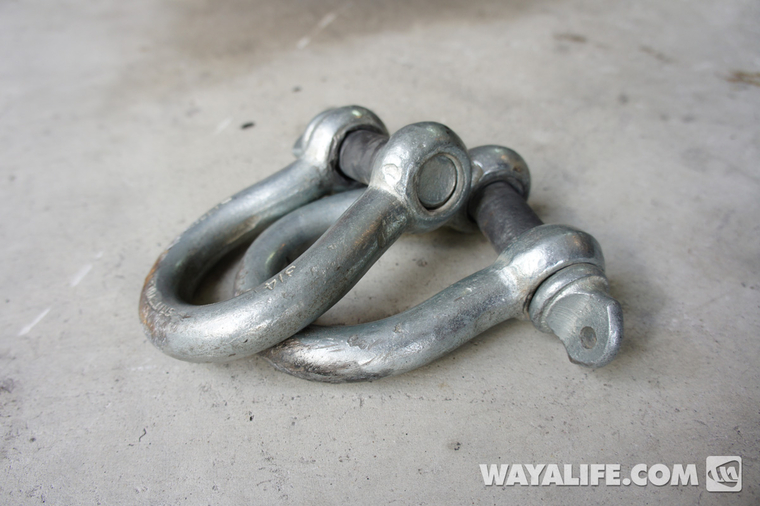
Snatch Block
For those of you who have a winch, I would highly recommend that you carry a good snatch block. Essentially a big pulley, a snatch block will allow you to double your winch's capacity if more pulling power is needed and, give you more winching options as well. Attached to a fixed point like a tree or vehicle, you can also use a snatch block as a vector point to triangulate your pull. This option can be especially useful in areas that are difficult to find solid ground or where obsticals and/or terrain prevent you from establishing a safe straight pull.
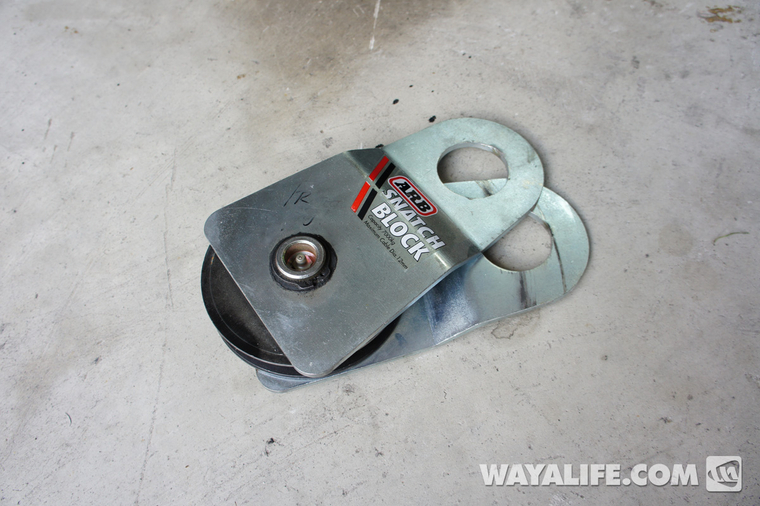
Recovery Chain
While it wouldn't be my first choice of things to use, I do carry a short heavy duty recovery chain as it will offer more options when helping to recover a vehicle that has no tow hooks or built in tow points. In a situation like this, a chain can be hooked or wrapped around a secure part of a vehicles frame and then be used as a tow point.
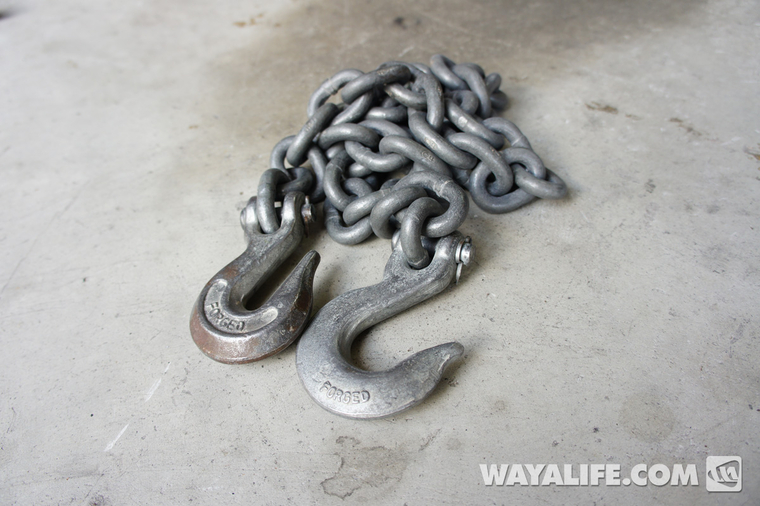
Gloves
A good pair of leather gloves is something everyone should carry especially if you’re still running a steel wire rope on your winch. Gloves do a great job of helping you to have a better grip on your equipment, protect your hands from rope burns and help prevent steel splinters from lancing you when handling wire winch rope.
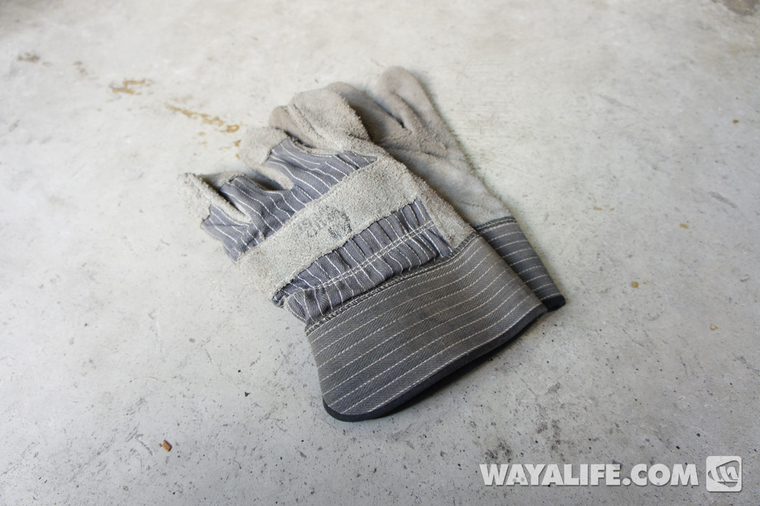
Shovel
Sometimes, the smartest way to get yourself out of a jam is to just do a little digging and because of this, I always carry a small collapsable shovel with me. It may not be the most effective tool but, it's better than using your hands.
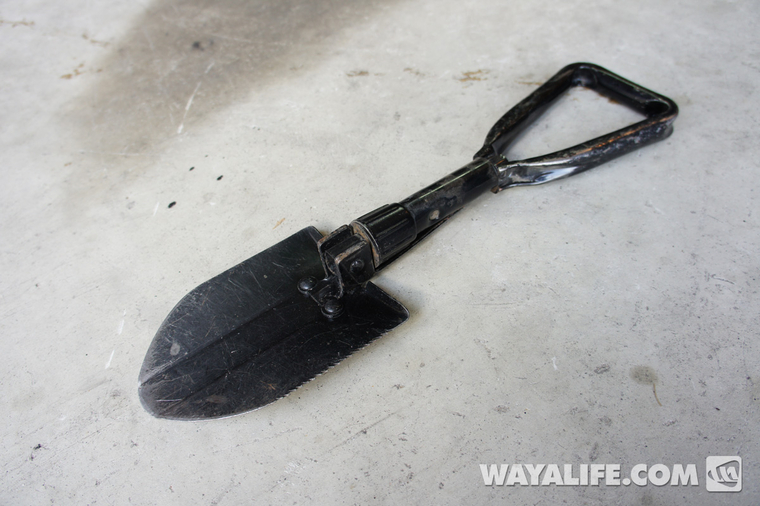
Recovery Bag
Last but not least, having something to carry all your recovery gear is in my opinion, a must. If you can keep everything together and in one bag or container, it'll make it easier for you to remember to pack in your Jeep and ensure you always have it with you.
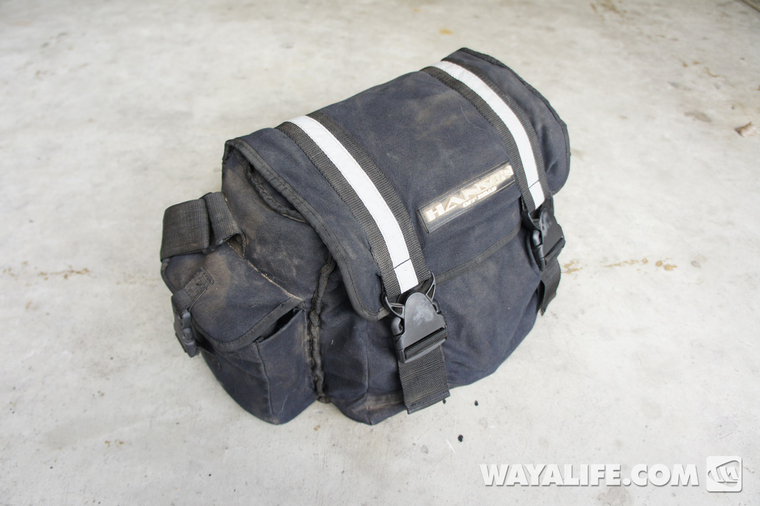
Recovery gear is an investment that every Jeeper should make. Isn't just a good idea to have, it's often required equipment on most organized runs and one that I can almost guarantee will pay for itself time and time again. :yup:
They say to back off the pin of the shackle, intending for it to not over tighten. In construction rigging, that's something that is frowned upon. If you really need to undo the pin, keep a small spud wrench. The tapered end will fit in the eye of the pin, so you can remove it. An adjustable spud wrench is like the Swiss Army knife of wrench spew, too.Here is where I read that you need to rest your snatch/recovery straps. First "NOTE:" near the top of the page.
http://arbusa.com/Getting-Started/Recovery-Techniques-Equipment.aspx
Does anyone use those orange traction boards during winter or when in the mud? If so are they worth the investment? Also how do you guys mount them/ carry them in/ on your jeep?
I have a set of ARB traction aids. I think that is what you are talking about. I have not used them and simply through them in the back. Got them late last winter and didn't get to use them, but maybe I can try them out in the mud this spring....... I'll post some pictures if I do.
